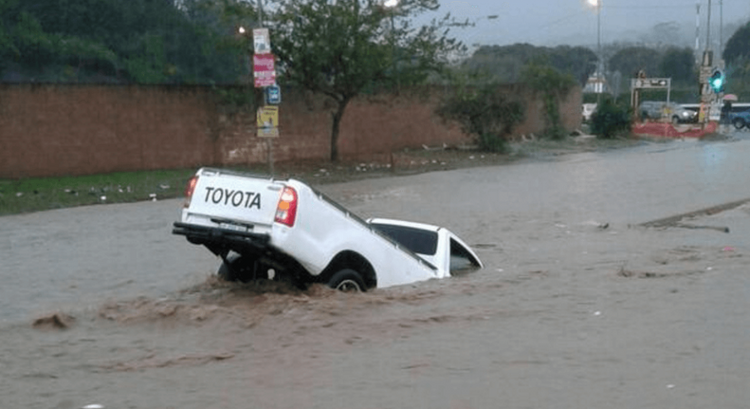The Federal government has opened IDP camps as thousands of Maiduguri inhabitants have been displaced, with the Nigerian Correctional Service recapturing three inmates after a jailbreak, while 80 per cent of animals at the Sanda Kyarimi Park zoo died as Borno State suffered its most devastating flood disaster in 30 years.
Following the disaster, President Bola Tinubu, who’s currently abroad, called for the immediate evacuation of residents in communities overtaken by floods.
Seventy per cent of Maiduguri, the Borno State capital, has been submerged by the fast-moving waters, according to the National Emergency Management Agency, while the flood also ravaged other major city locations, including the palace of the Shehu of Borno, Umar Ibn Garbai El-Kanemi, the state secretariat, post office, cemetery, Lagos Area, Bulabulin, Gwange, Monday Market, University of Maiduguri Teaching Hospital and Kofar Shehu.
“Some locations that I personally know and consider to be high ground, from the report we received, are already underwater, including Lagos Street, the market area, the palace of the Shehu of Borno, at least the front of the palace, we can see water there,” NEMA spokesman, Manzo Ezekiel said.
“About 70 per cent of the town is already underwater. So, many people are trapped as the flood intensified when people were sleeping; some people woke up to discover that they were inside water.”
The NEMA spokesperson said Borno’s flat ground geology made it easier for water to flow into passage areas in Maiduguri city, adding that the flood began after the Alau Dam overflowed following heavy rains.
“The overflow of the main source of the dam in Borno State, called Alau Dam, has brought the city to be underwater since last weekend. So, our attention now and our energy are geared towards providing necessary support, by way of search and rescue, and supporting people that have been impacted. That is what we are doing now.”
Manzo said NEMA could not ascertain the number of displaced people as at the time of filing this report, but estimated that with about 70 per cent of the town underwater, then about 70 per cent of the over 800,000 Maiduguri residents might have been affected.
State government efforts to relocate displaced residents were ongoing, according to the NEMA spokesperson, who added that three Internally Displaced People Camps had been opened to accommodate those affected.
“Our search and rescue team are already working with the state officials of the state emergency management agency, providing support to people affected by the flood. By the way, what is happening in Maiduguri is something that was not envisaged, and that it will be to this extent. The flooding has exceeded the forecast made because of what is happening in Maiduguri today (Tuesday).”
Manzo said city residents moved to a higher ground when the initial flood happened in Gwangi. However, the higher ground has been overtaken by water, leading the state government to open the Bakasi Camp, a bigger area, for people to move into.
“Our team is on ground there, and we are working with the state emergency management agency to provide the necessary support, and to save lives from the flooding,” Manzo added.
“Initially, about three camps were open in Gwangi, but with this situation now, people have moved to join their relations on the higher ground, and those that do not have relations in the higher part of the town, have moved to Bakasi Camp.”
The Borno State Emergency Management Agency described the flooding as terrible.
The Director-General of the agency, Barkindo Muhammad, said, “We went for a rescue and proceeded to distribute sandbags in Gozari. As I am talking to you now I am trapped; we came to rescue some people and we are now trapped.”
Already, several institutions and government agencies have shut down, with the University of Maiduguri closed until further notice.
“Homes are submerged, schools shut down & businesses crippled as people evacuate with their belongings,” UNCHR Nigeria stated on its X handle.
Floods have killed at least 229 people so far this year, displaced around 386,239 more and affected 94,491 houses in parts of the country but mainly in the northern region. At least 125,805 hectares of farmland have also been affected, NEMA figures showed.






